- What’s the difference between the Jazz bass and the Precision bass?
- Fender Jazz Bass – Key Features
- Fender Precision Bass – Key Features
- What are the best J and P Bass Alternatives?
- In Summary
What’s the difference between the Jazz bass and the Precision bass?
A Jazz bass is an offset instrument, much like the Fender Jaguar or Jazzmaster guitars with a long lower horn cutaway. Its defining feature is the middle and bridge single-coil pickup combination.
The P bass has a double-cutaway like a Strat, but larger and chunkier. Precision basses have two specific pickup configurations, either a P or PJ pickup set. This means it has a split coil pickup in the middle position and if it’s a PJ, has a Jazz pickup in the bridge.
There are loads of applications for the two bass guitars. Although both historically produce smooth to gritty vintage tones, guitar builders tailor these shapes for various genres, from classic rock to indie funk to jazz and punk to metal. There’s one out there for you, whatever you play.
Jazz Bass & Precision Bass Comparison:
- Body Shape: offset vs Strat-style
- Neck Width – thin taper vs wide and consistent
- Neck Profile – slim vs chunky
- Pickups – single-coil vs split-coil



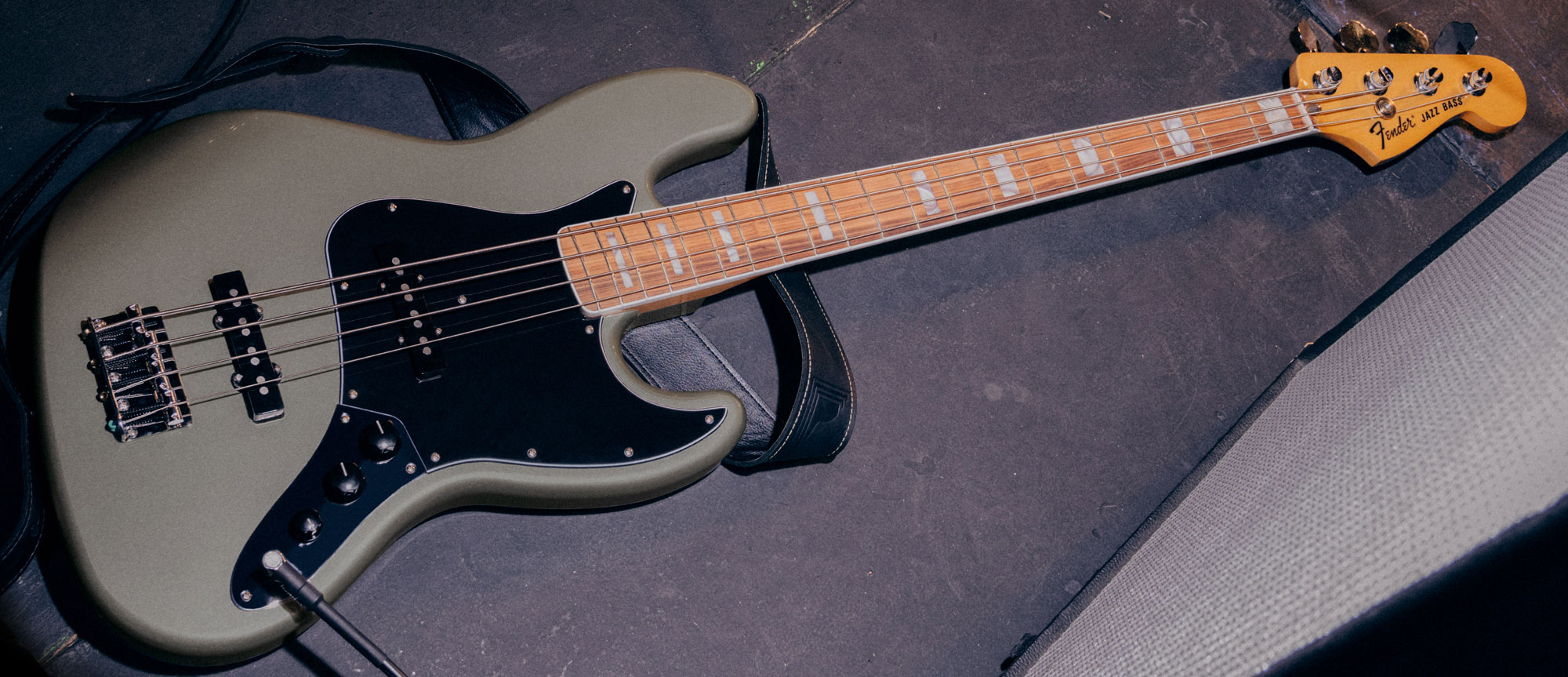
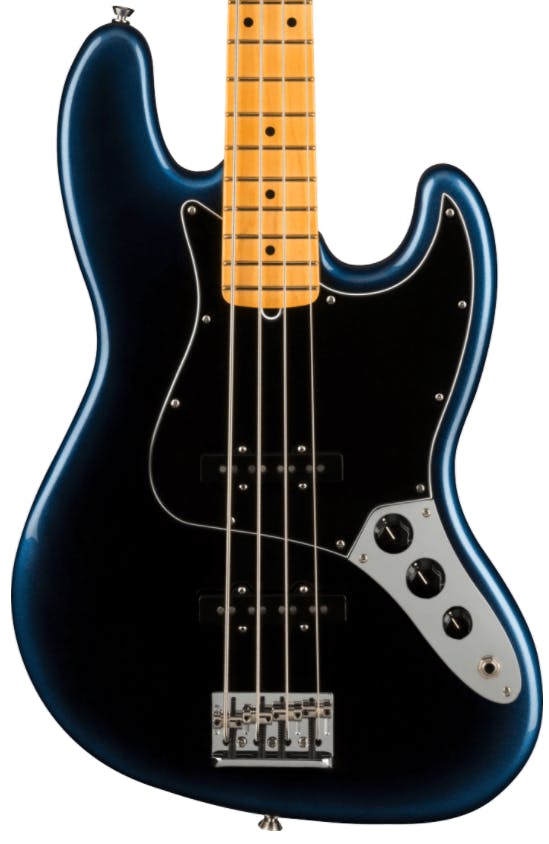

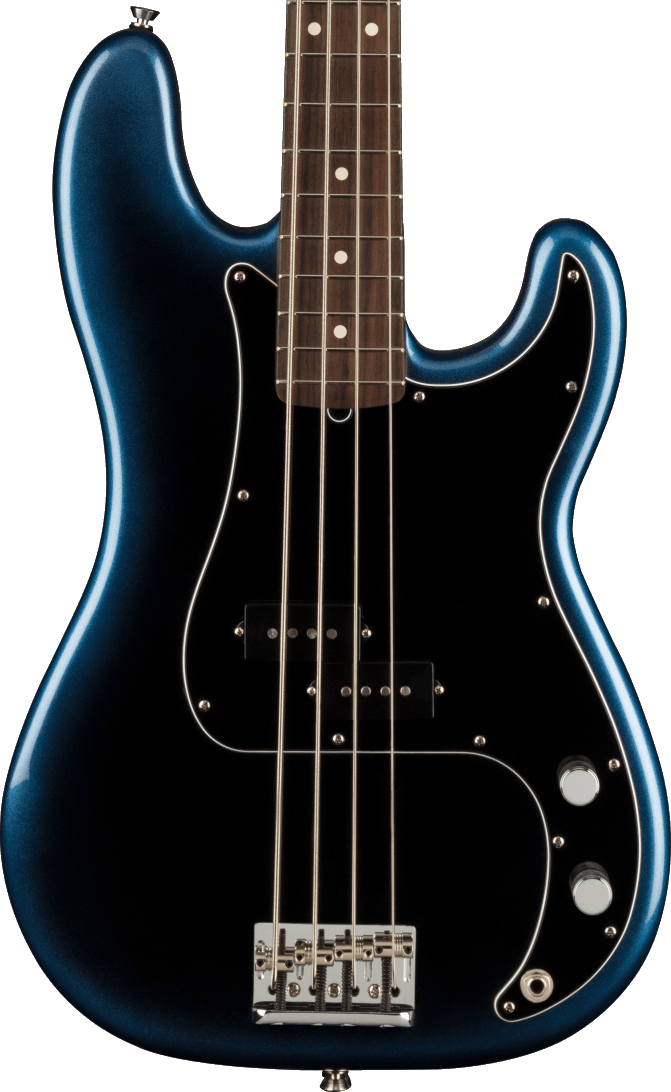
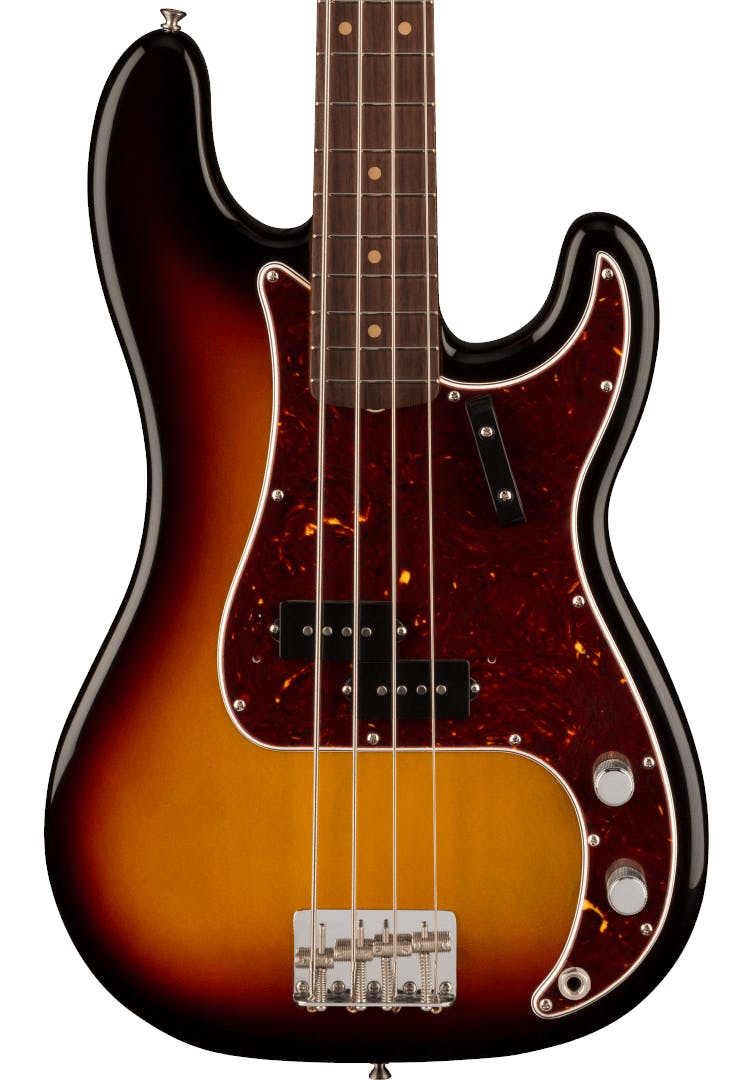
.JPG?w=400&h=400&&fit=fill&bg=FFFFFF)
.JPG?w=400&h=400&&fit=fill&bg=FFFFFF)
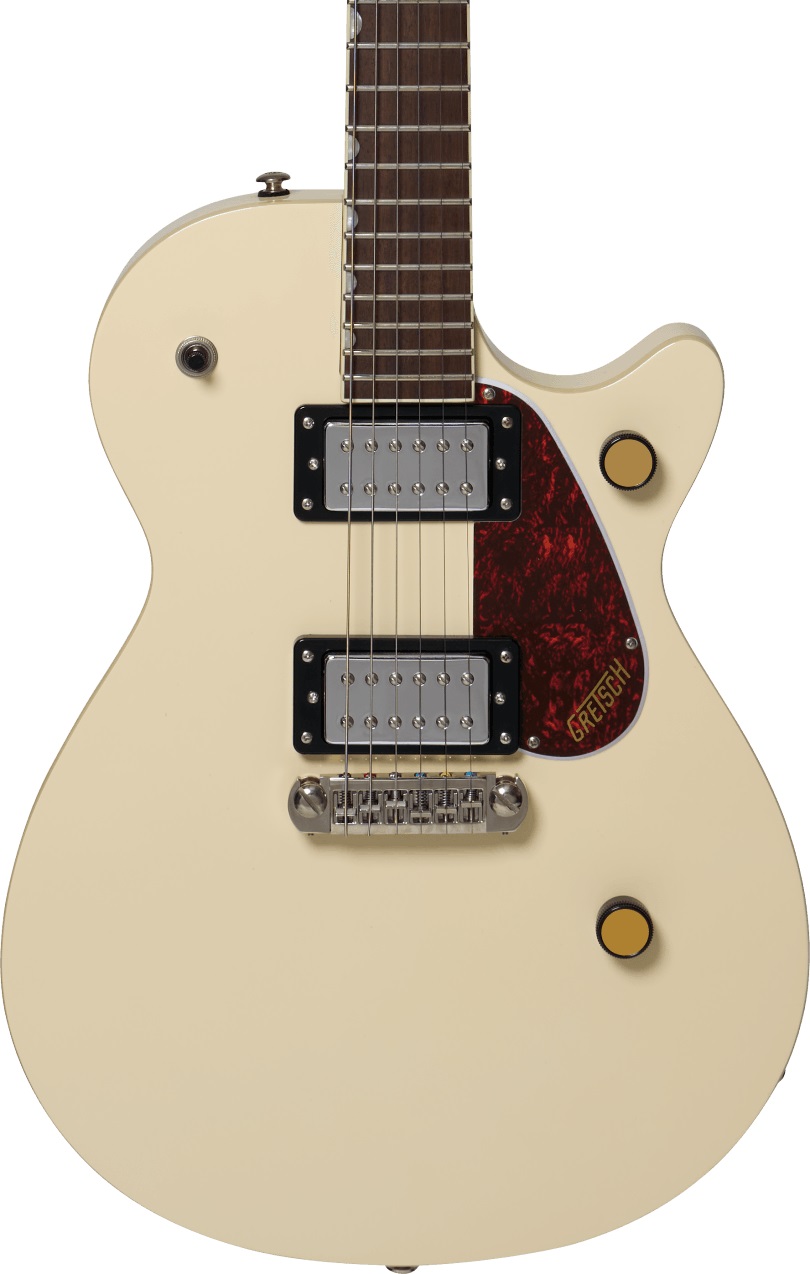
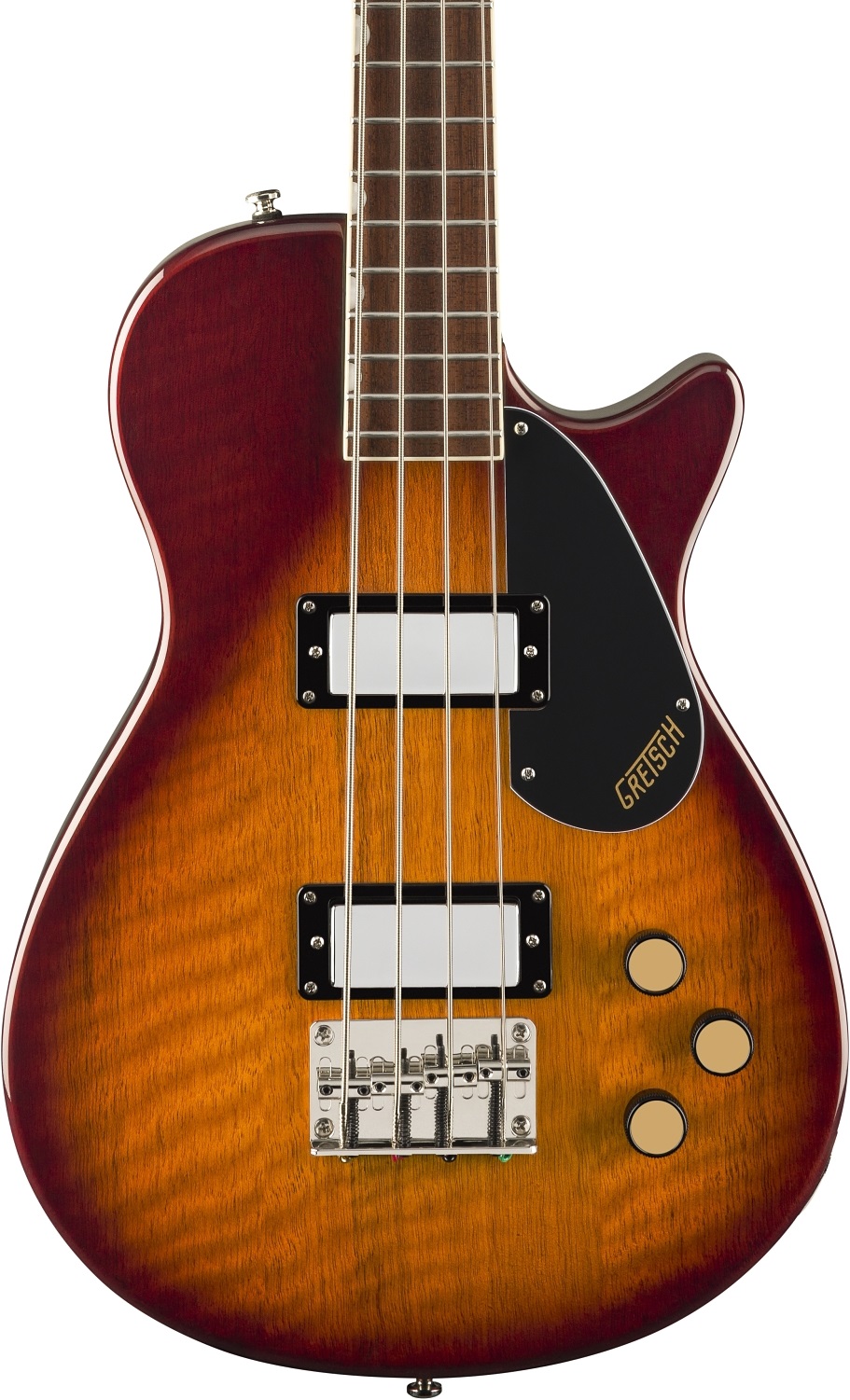
Responses & Questions